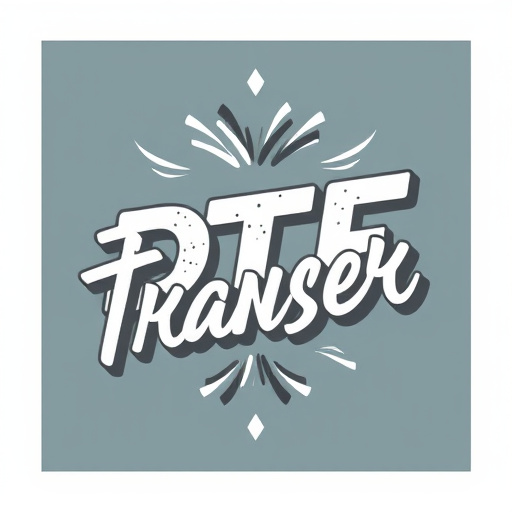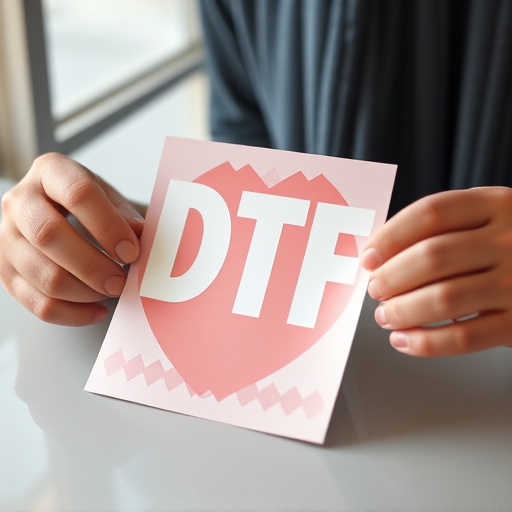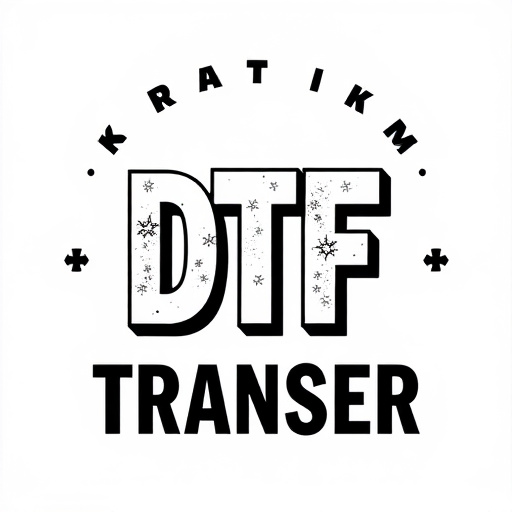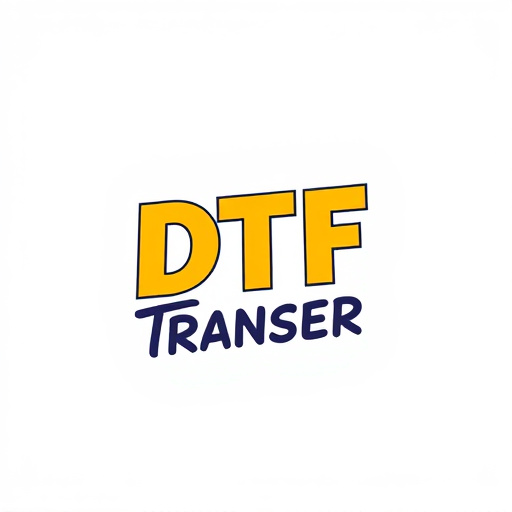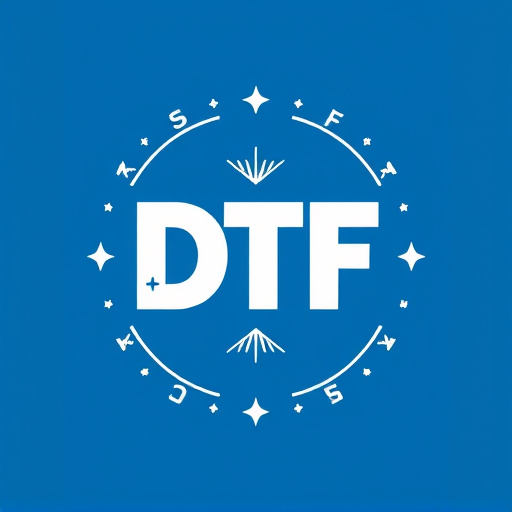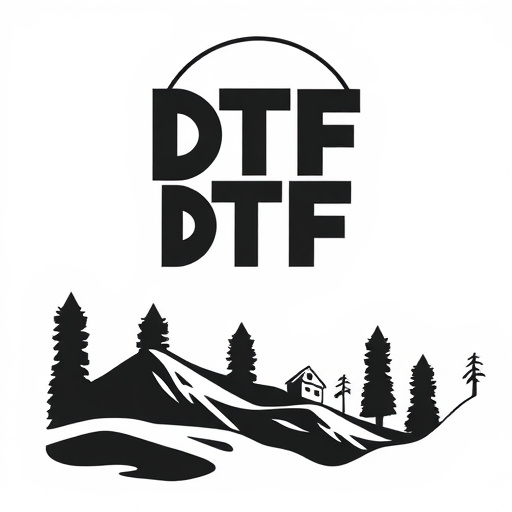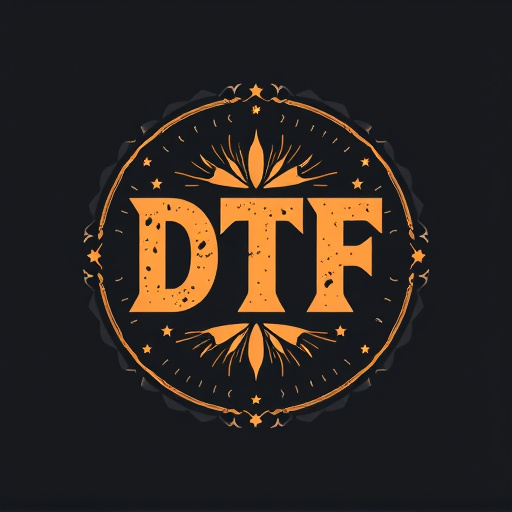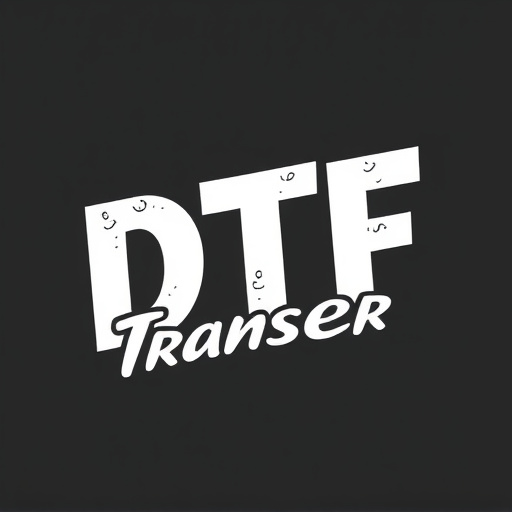Direct-to-Fabric (DTF) printing revolutionizes apparel customization, especially for sweatshirts and hoodies. This technology enables high-quality, long-lasting prints with exceptional detail using specialized equipment and software. DTF transfers cater to diverse creative needs, from personalized orders to brand promotions. By following best practices, designers can achieve vibrant, crisp prints on various fabrics while embracing sustainable trends.
In the ever-evolving world of textile printing, Direct to Fabric (DTF) transfers have emerged as a game-changer. This innovative technique allows for high-quality, vibrant prints on sweatshirts and hoodies, offering businesses and designers a dynamic way to create unique, personalized apparel. This comprehensive guide delves into the intricacies of DTF transfers, from understanding the technology to mastering application techniques. We explore the benefits, essential equipment, trending designs, and more, providing valuable insights for those looking to leverage DTF printing in their clothing ventures.
- Understanding DTF Transfers: A Comprehensive Overview
- The Process of Creating DTF Prints for Garments
- Benefits of DTF Printing for Sweatshirts and Hoodies
- Choosing the Right Design Software and Equipment
- Best Practices for Applying DTF Transfers to Clothing
- Trending Designs and Styles in DTF Transfer Printing
Understanding DTF Transfers: A Comprehensive Overview
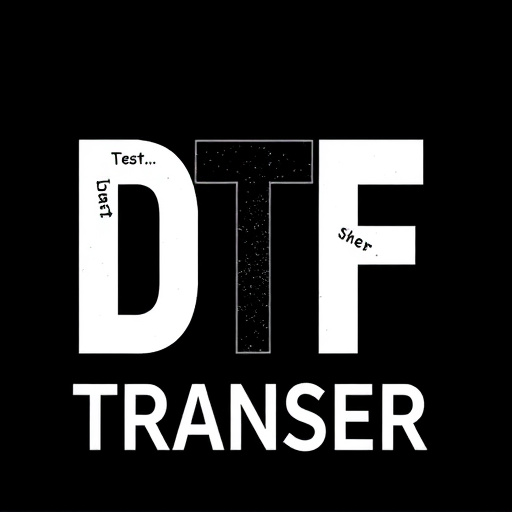
DTF (Direct-to-Fabric) transfers are a cutting-edge printing technology revolutionizing the way we personalize apparel, particularly sweatshirts and hoodies. Unlike traditional printing methods that may fade or peel over time, DTF offers vibrant, long-lasting prints directly applied to fabric. This process involves transferring ink from a flexible film onto the garment’s surface using heat and pressure, creating a seamless, high-quality image.
DTF transfers are renowned for their exceptional detail reproduction, vibrant colors, and durability. They can feature complex designs, from simple text to intricate illustrations, making them ideal for customizing clothing with unique, personalized messages or artistic expressions. This technology has gained immense popularity among businesses and individuals alike due to its ability to produce high-quality prints on demand, offering endless possibilities for creative expression in the apparel industry.
The Process of Creating DTF Prints for Garments

The process of creating Direct to Garment (DTF) prints for garments is a sophisticated art that combines technology and design. It begins with high-quality digital files, which are then optimized for DTF printing. These files are carefully prepared to ensure they meet the necessary resolution and color accuracy requirements. Once ready, the designs are sent to a specialized printer capable of producing detailed, vibrant prints directly onto the fabric.
During printing, the DTF transfer film is heated and applied to the garment, fusing the ink permanently into the fibers of the material. This method allows for a wide range of colors and intricate patterns, making it ideal for creating custom designs on sweatshirts and hoodies. After printing, the garments undergo a curing process to set the ink, ensuring longevity and durability. The result is a visually stunning, long-lasting print that showcases the creativity of designers while providing comfort and style for wearers.
Benefits of DTF Printing for Sweatshirts and Hoodies
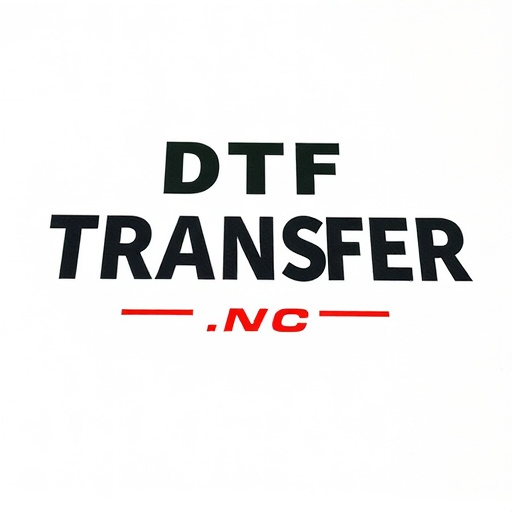
Direct to fabric (DTF) printing has revolutionized the way sweatshirts and hoodies are designed and produced. One of the key benefits is its ability to create high-quality, long-lasting prints on various fabrics, ensuring that designs remain vibrant and clear even after multiple washes. DTF transfers offer a versatile solution for businesses and individuals looking to personalize their clothing with unique artwork, logos, or text. This method allows for intricate and detailed designs, making it ideal for everything from small batch custom orders to large-scale brand promotions.
Furthermore, DTF printing is a cost-effective alternative to traditional screen printing. It eliminates the need for setting up complex printing presses, making it more accessible and affordable, especially for smaller businesses and hobbyists. The direct application of the print onto the fabric also ensures faster production times, enabling quick turnaround for orders, which is particularly advantageous for those seeking timely delivery of their customized apparel.
Choosing the Right Design Software and Equipment

When it comes to creating film transfers for sweatshirts and hoodies, selecting the appropriate design software and equipment is a crucial step in achieving high-quality DTF (Direct to Fabric) transfers. The right tools can make all the difference in terms of precision, resolution, and overall print quality.
Popular design software options are user-friendly and offer a range of features to suit different skill levels. Look for programs that support DTF printing and offer advanced editing tools, allowing you to manipulate images, add text, and create intricate designs. Ensure the software is compatible with your chosen hardware to streamline the transfer process. Invest in reliable DTF transfer machines or printers that deliver crisp, vibrant DTF prints, suitable for various fabric types.
Best Practices for Applying DTF Transfers to Clothing
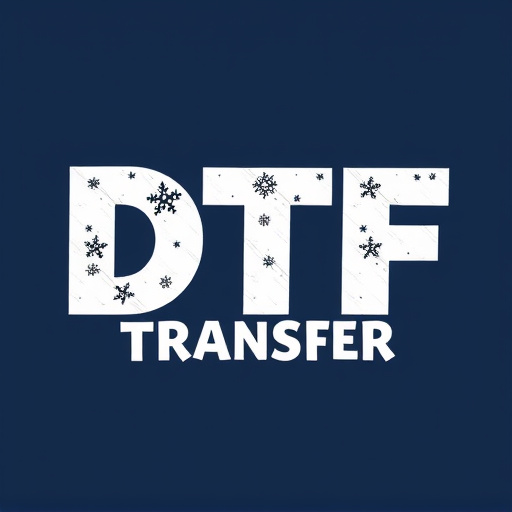
When applying DTF (Direct-to-Fabric) transfers to sweatshirts and hoodies, there are several best practices to ensure optimal results. First, prepare your design files correctly; use high-resolution graphics with clean lines and sharp text for the best print quality. Ensure your designs are in the appropriate format and color mode recommended by your DTF printer manufacturer.
Next, consider the fabric type and color. Different fabrics have varying absorption rates, which can affect ink adhesion. Light-colored fabrics generally work better with DTF Printing as they allow the ink to bond more effectively. Pre-washing and drying the clothing can also help remove any finishes or oils that might hinder ink transfer. Always follow the specific instructions provided by your chosen DTF printer for temperature and time settings during the heat press process to achieve a crisp, long-lasting print.
Trending Designs and Styles in DTF Transfer Printing

The world of DTF (Direct to Fabric) transfer printing is vibrant and ever-evolving, with designers constantly pushing the boundaries of what’s possible on sweatshirts and hoodies. Trending designs often incorporate bold graphics, intricate details, and a mix of vintage and modern aesthetics. From minimalist line art to pop culture references, and from abstract patterns to photorealistic images, DTF transfer printing offers an unparalleled level of creativity.
Sustainability is another significant trend, with eco-friendly materials and processes gaining traction. Designers are opting for organic fabrics and water-based inks that reduce environmental impact. Additionally, the integration of digital technologies allows for on-demand printing, minimizing waste and ensuring that each DTF print is unique and tailored to individual preferences.





